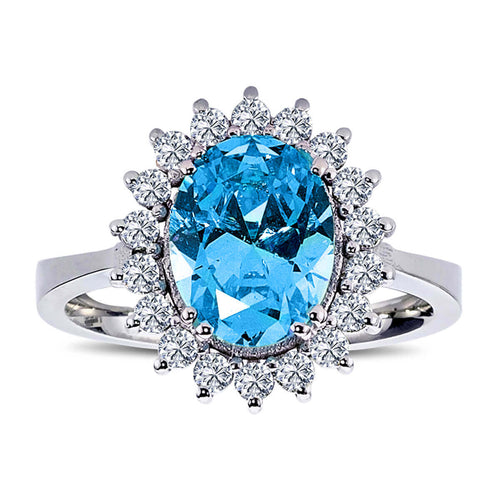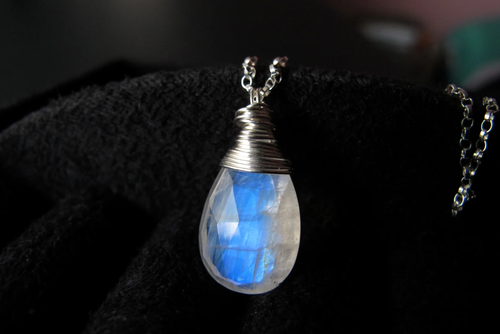TÜM ÜRÜNLER IGSL ULUSLARARASI SERTİFİKALI
Amber is known as an organic stone formed from fossilized resin millions of years ago. This stone is quite popular in the jewelry and collection world due to its aesthetic value and healing properties. However, it is an important issue to distinguish real amber from fake amber. Here is a guide on how to recognize real amber with scientific methods and tips.
1. Visual Inspection and Color
Amber can be found in a variety of colors, from yellow to brown to red to green. Real amber is usually clear or translucent and may have natural inclusions such as air bubbles, plant particles, or insect remains. Fake amber is usually more perfect and uniform in appearance.
2. Hardness and Scratch Test
Real amber has a hardness rating of 2-2.5 on the Mohs hardness scale, meaning it is quite soft. When lightly scratched with a knife or needle, real amber can be easily scratched and the scratched surface can smell like resin. Fake amber is usually harder and may emit a plastic or chemical odor when scratched.
3. Density Test
Amber is a low-density material and will float on the surface of salt water. To do this test, add a few tablespoons of salt to a glass of water and stir well. Drop your piece of amber into the salt water. If it floats, it is most likely real. If it sinks, it is likely fake.
4. Fluorescence Under UV Light
Amber can fluoresce blue or green under ultraviolet (UV) light. You can check this glow by examining your amber under UV light. Fake amber usually does not fluoresce this type of light.
5. Heating and Smell Test
When real amber is heated or burned, it emits a pleasant scent, like pine resin. To do this test, you can heat a small piece of amber with a needle or heated metal. If it emits a burnt plastic or chemical smell, it may be fake.
6. Alcohol or Acetone Test
Real amber does not show any changes to its surface when in contact with solvents such as alcohol or acetone. However, fake amber can often show signs of melting or softening on its surface when in contact with such solvents.
7. Electrical Load Test
Amber is a material that can gain an electrical charge when rubbed. When you rub real amber against a woolen cloth, it can attract small pieces of paper. This simple test can help determine the authenticity of amber.
- How to recognize real amber
- Amber authentication methods
- How to distinguish fake amber
- Amber test
- Properties of amber
- Amber control methods
Conclusion
Knowing how to recognize real amber is important for both aesthetic and material value. The scientific methods and tips mentioned above can help determine the authenticity of amber. By applying these tests and shopping from reliable sellers when purchasing amber, you can be sure of the beauty and benefits of real amber.




























